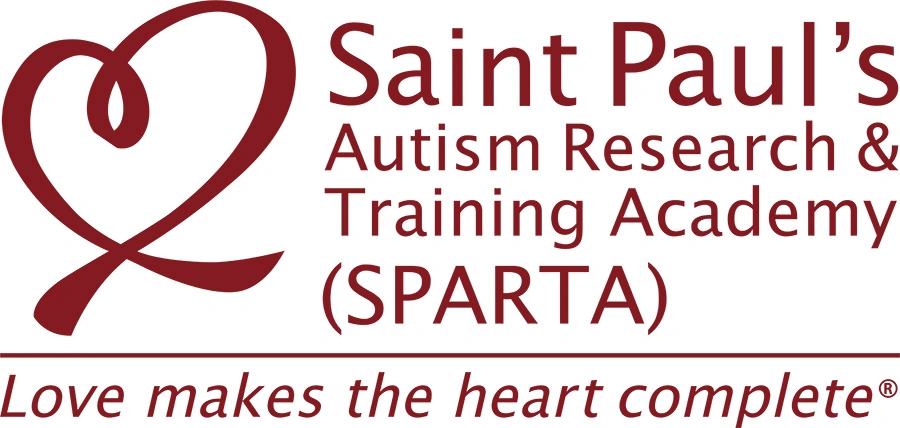How do you correct a child with Autism Spectrum Disorder?
Discrete trial instruction (DTI) is a ubiquitous tool used by practitioners in early intervention programs. A common approach to correcting errors during DTI involves providing a single prompt of the target response when a mistake is made (i.e., single-response repetition). Modifications to the single-response repetition approach have been developed to improve acquisition; however, these modifications are often aversive techniques (e.g., increased effort, response cost)and may not be preferred by the children or considered socially acceptable by caregivers. We conducted this study to evaluate the use of a transition from rich to lean reinforcement as a form of error correction. We compared the rich–lean condition to the single-response repetition approach during DTI for 4 boys diagnosed with autism. The rich–lean condition was (a) more efficient in improving accuracy in 6 out of 9 tasks, (b) more preferred by all participants, and (c) socially validated by caregivers.
